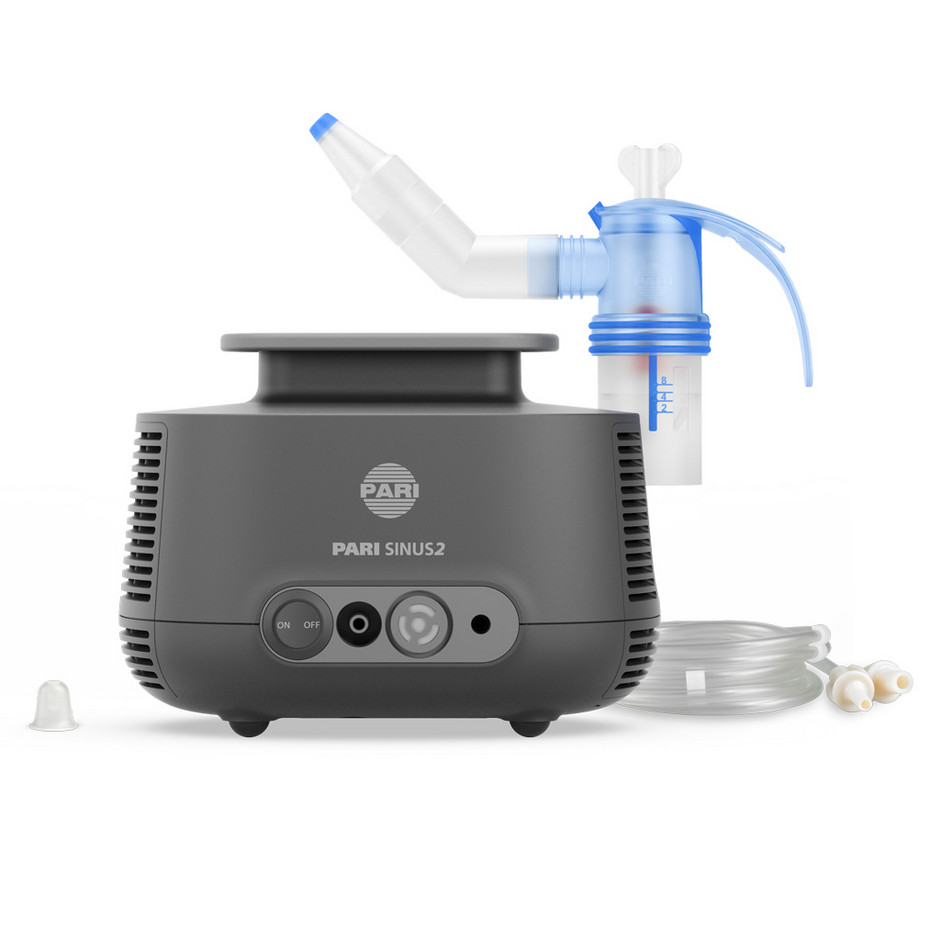The sinuses are hollow cavities in the skull. They are divided into the frontal, maxillary, ethmoid and sphenoid sinuses. All sinuses are filled with air and, like the nose, are lined with a mucous membrane where a fine film of mucus is constantly formed. Their job is to stop dust, dirt particles or undesirable pathogens.


The mucus film, along with any particles of dirt that are breathed in are continuously transported towards the sinuses and throat by very fine hairs. This automatically keeps the area clean all the time. Having a cold can cause inflammation of the mucous membrane. It suddenly produces much more mucus and swells. This can obstruct the fine connections between the nose and the sinuses. The mucus cannot drain as well or cannot drain at all, which causes it to build up and become the ideal breeding ground for germs that can trigger acute sinusitis.
Usually sinusitis resolves after a few weeks. There are a variety of factors that determine whether sinusitis, called rhinosinusitis in medical jargon, recurs or if it even develops into a chronic disease. These include the body’s own defence system, predisposition to allergies or anatomical conditions: e.g. nasal polyps or a curved nasal septum.
PARI has been focused for decades on all diseases affecting the airways. Tried and tested inhalation devices support you in effectively treating your sinusitis, including frontal sinus infection and maxillary sinus infection. Nebulisation delivers the active substance (salt or medications) directly to where they are needed.
PARI offers innovative products for patients who need specialist therapeutic support in their day-to-day lives. People with sinusitis, which also includes frontal sinus infections and maxillary sinus infections, need regular treatment and gentle care of their airways.
From 6 years of age: PARI SINUS2.

Contact us
Any questions? You can reach our service center at this number:
+49 8151 279-5220
International Distribution Partners
If you are looking to buy PARI products in a specific country, please click here
© 2026 PARI GmbH Spezialisten für effektive Inhalation